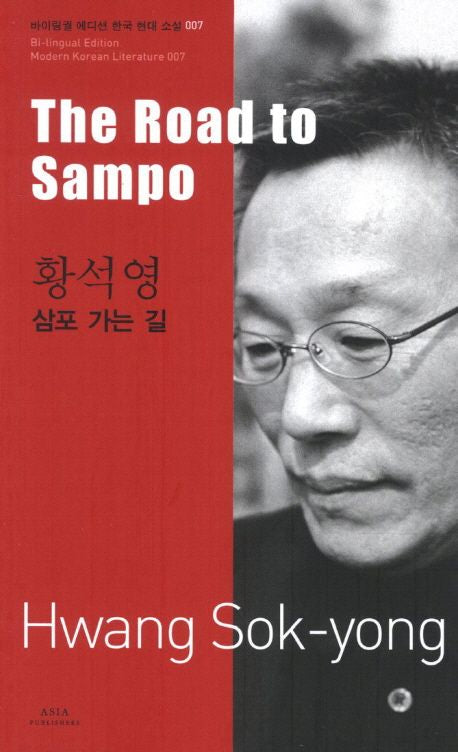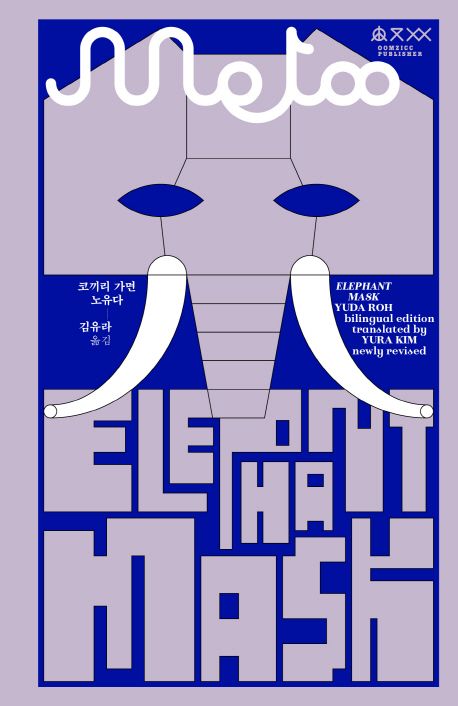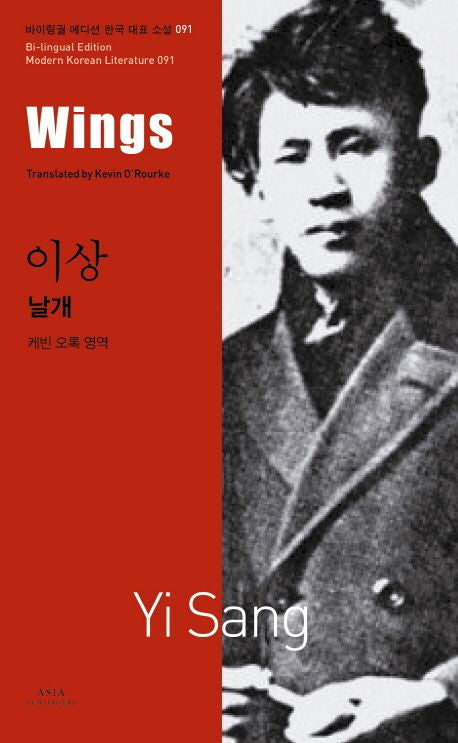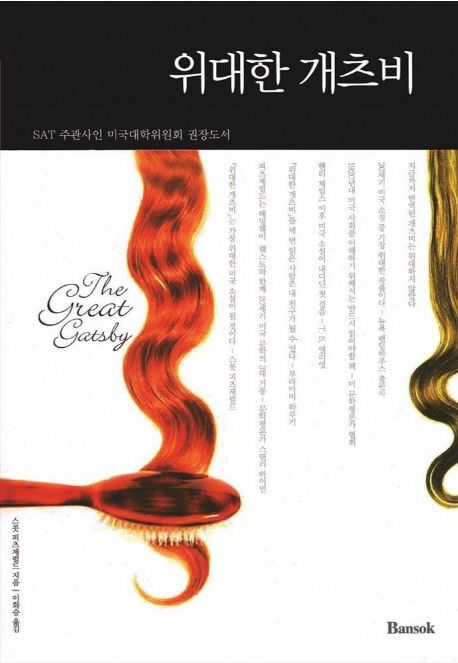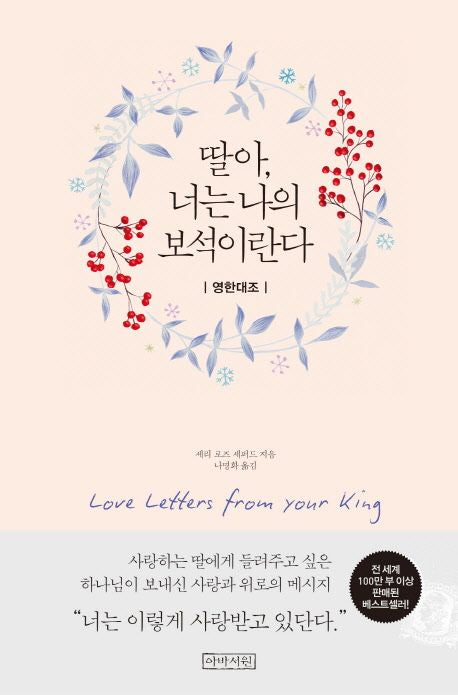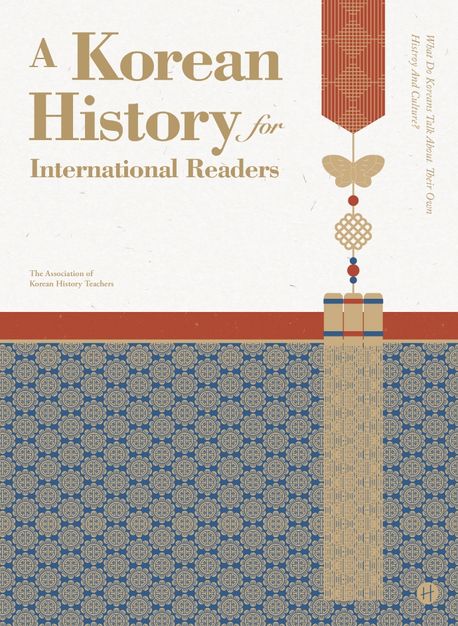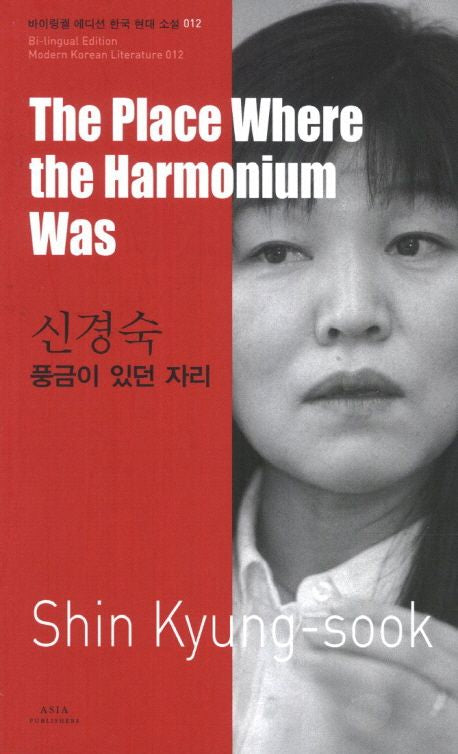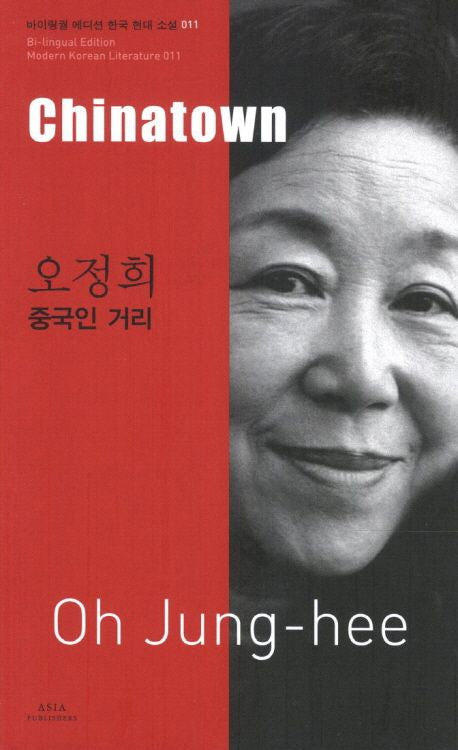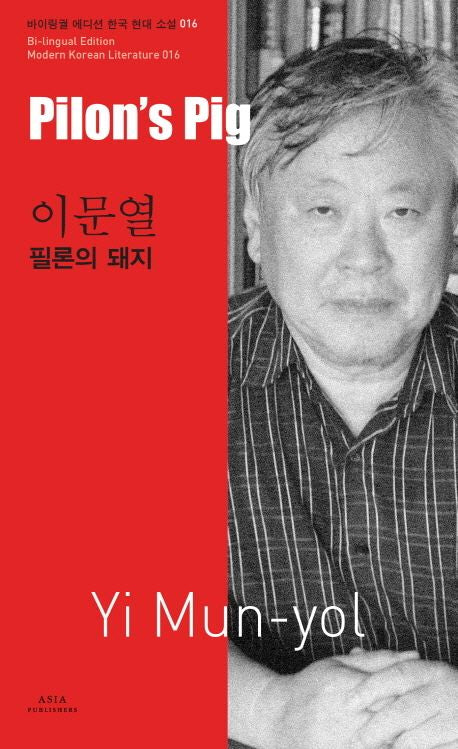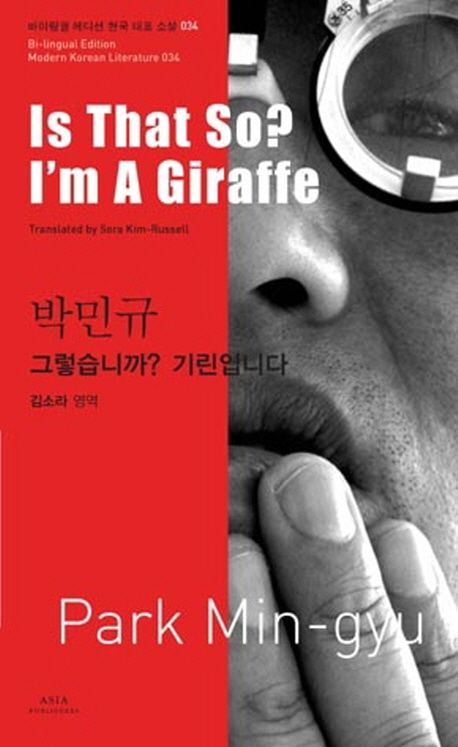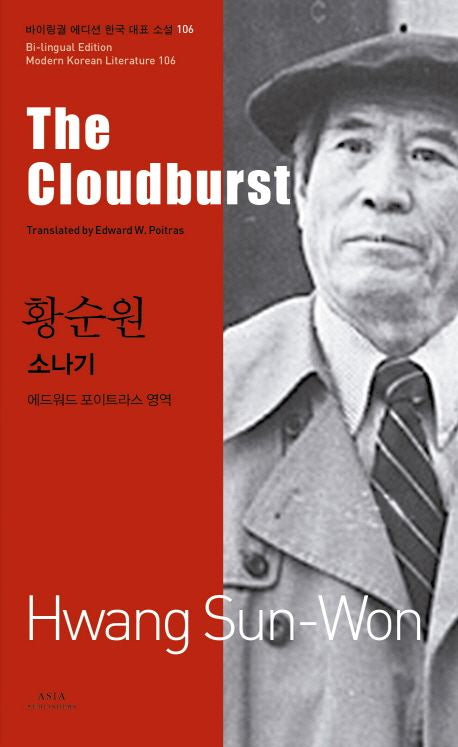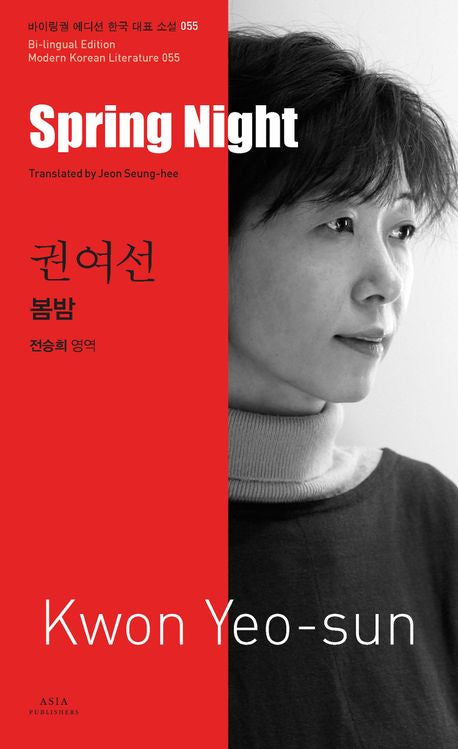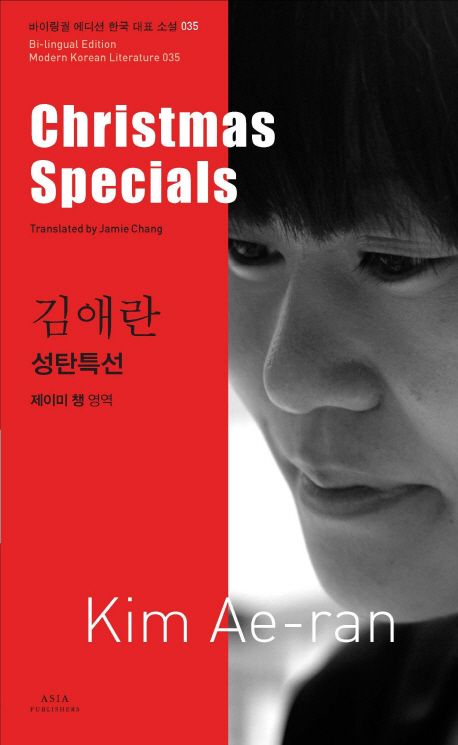{"id":9034299441370,"title":"The Road to Sampo (Bilingual Edition: Modern Korean Literature Series) | Seokyoung Hwang | Translated by Kim Woo-chang | Korean-English Dual Language Paperback","handle":"the-road-to-sampo-bilingual-edition-modern-korean-literature-series-park-wanseo-translated-by-youngnan-yoo-korean-english-dual-language-paperback","description":"\u003cp data-start=\"92\" data-end=\"180\"\u003e\u003cstrong data-start=\"92\" data-end=\"178\"\u003eKorean Modern Fiction Series Toward a “Literary Korean Wave” – \u003cem data-start=\"157\" data-end=\"176\"\u003eThe Road to Sampo\u003c\/em\u003e\u003c\/strong\u003e\u003c\/p\u003e\n\u003cp data-start=\"182\" data-end=\"660\"\u003eThe \u003cem data-start=\"186\" data-end=\"231\"\u003eBilingual Edition: Modern Korean Literature\u003c\/em\u003e series is designed to contribute to the “literary Korean Wave.” It carefully selects works by some of the most important Korean authors of the past half century—writers who have grappled with pressing and poignant issues—and republishes them in bilingual format, with both Korean and English texts side by side. This structure is particularly helpful for international students who wish to study Korean culture and literature.\u003c\/p\u003e\n\u003cp data-start=\"662\" data-end=\"1172\"\u003ePublished in 1973, \u003cem data-start=\"681\" data-end=\"700\"\u003eThe Road to Sampo\u003c\/em\u003e represents the culmination of the literary achievement first marked by \u003cem data-start=\"772\" data-end=\"783\"\u003eThe Guest\u003c\/em\u003e. This work takes the form of a travel narrative, following lives lived along the road. The protagonist, Yeong-dal, meets Mr. Jeong on his journey and accompanies him back to Jeong’s hometown of Sampo—only to discover that the Sampo of old is gone. In this story, “Sampo” does not signify a fixed place name, but rather becomes an abstract noun symbolizing the lost homeland left behind.\u003c\/p\u003e\n\u003cp data-start=\"1174\" data-end=\"1571\"\u003eReaders realize only after finishing the story that behind its dry, restrained gaze lies a hidden compassion, a quiet tear shed for unfortunate lives. The aesthetic achievement of \u003cem data-start=\"1354\" data-end=\"1373\"\u003eThe Road to Sampo\u003c\/em\u003e shines through its perfectly constructed scenes and its symbolic system that penetrates the senses. The image of the winter fields swept by a cutting wind is more cinematic than a well-made film.\u003c\/p\u003e","published_at":"2025-09-30T15:24:51+09:00","created_at":"2025-09-30T15:22:41+09:00","vendor":"Bilingual Edition","type":"KOREAN BOOKS","tags":["Bi-lingual Edition","Seokyoung Hwang"],"price":1400,"price_min":1400,"price_max":1400,"available":true,"price_varies":false,"compare_at_price":null,"compare_at_price_min":0,"compare_at_price_max":0,"compare_at_price_varies":false,"variants":[{"id":46935975362778,"title":"Default Title","option1":"Default Title","option2":null,"option3":null,"sku":null,"requires_shipping":true,"taxable":true,"featured_image":null,"available":true,"name":"The Road to Sampo (Bilingual Edition: Modern Korean Literature Series) | Seokyoung Hwang | Translated by Kim Woo-chang | Korean-English Dual Language Paperback","public_title":null,"options":["Default Title"],"price":1400,"weight":500,"compare_at_price":null,"inventory_quantity":20,"inventory_management":"shopify","inventory_policy":"deny","barcode":null,"requires_selling_plan":false,"selling_plan_allocations":[]}],"images":["\/\/i-eung.com\/cdn\/shop\/files\/TheRoadtoSampo.jpg?v=1759213429"],"featured_image":"\/\/i-eung.com\/cdn\/shop\/files\/TheRoadtoSampo.jpg?v=1759213429","options":["Title"],"media":[{"alt":null,"id":40114160304346,"position":1,"preview_image":{"aspect_ratio":0.609,"height":752,"width":458,"src":"\/\/i-eung.com\/cdn\/shop\/files\/TheRoadtoSampo.jpg?v=1759213429"},"aspect_ratio":0.609,"height":752,"media_type":"image","src":"\/\/i-eung.com\/cdn\/shop\/files\/TheRoadtoSampo.jpg?v=1759213429","width":458}],"requires_selling_plan":false,"selling_plan_groups":[],"content":"\u003cp data-start=\"92\" data-end=\"180\"\u003e\u003cstrong data-start=\"92\" data-end=\"178\"\u003eKorean Modern Fiction Series Toward a “Literary Korean Wave” – \u003cem data-start=\"157\" data-end=\"176\"\u003eThe Road to Sampo\u003c\/em\u003e\u003c\/strong\u003e\u003c\/p\u003e\n\u003cp data-start=\"182\" data-end=\"660\"\u003eThe \u003cem data-start=\"186\" data-end=\"231\"\u003eBilingual Edition: Modern Korean Literature\u003c\/em\u003e series is designed to contribute to the “literary Korean Wave.” It carefully selects works by some of the most important Korean authors of the past half century—writers who have grappled with pressing and poignant issues—and republishes them in bilingual format, with both Korean and English texts side by side. This structure is particularly helpful for international students who wish to study Korean culture and literature.\u003c\/p\u003e\n\u003cp data-start=\"662\" data-end=\"1172\"\u003ePublished in 1973, \u003cem data-start=\"681\" data-end=\"700\"\u003eThe Road to Sampo\u003c\/em\u003e represents the culmination of the literary achievement first marked by \u003cem data-start=\"772\" data-end=\"783\"\u003eThe Guest\u003c\/em\u003e. This work takes the form of a travel narrative, following lives lived along the road. The protagonist, Yeong-dal, meets Mr. Jeong on his journey and accompanies him back to Jeong’s hometown of Sampo—only to discover that the Sampo of old is gone. In this story, “Sampo” does not signify a fixed place name, but rather becomes an abstract noun symbolizing the lost homeland left behind.\u003c\/p\u003e\n\u003cp data-start=\"1174\" data-end=\"1571\"\u003eReaders realize only after finishing the story that behind its dry, restrained gaze lies a hidden compassion, a quiet tear shed for unfortunate lives. The aesthetic achievement of \u003cem data-start=\"1354\" data-end=\"1373\"\u003eThe Road to Sampo\u003c\/em\u003e shines through its perfectly constructed scenes and its symbolic system that penetrates the senses. The image of the winter fields swept by a cutting wind is more cinematic than a well-made film.\u003c\/p\u003e"}
